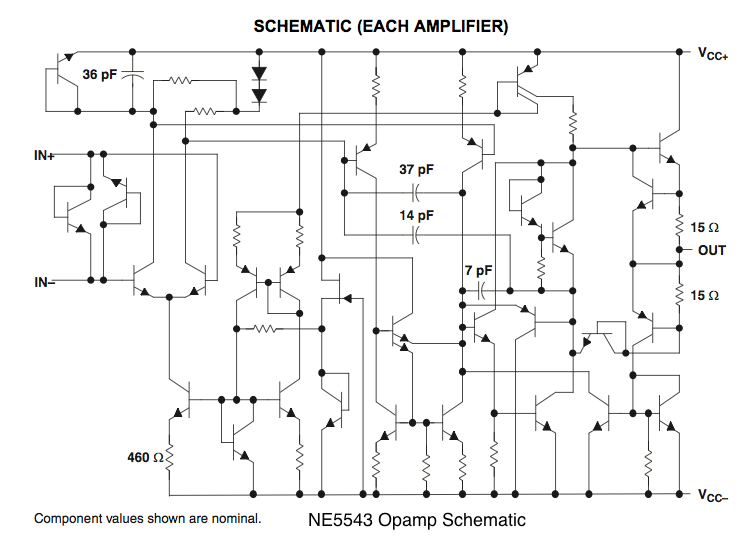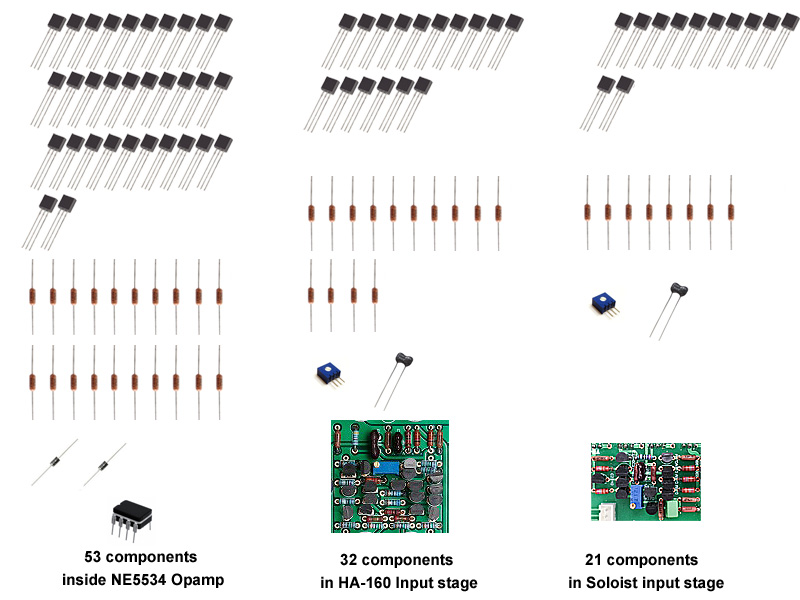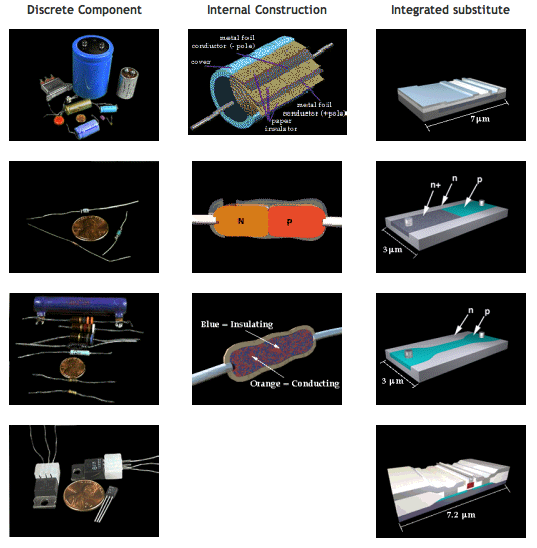Why Audio Discrete Opamp?
Discrete Opamp
Why Choose a Discrete Op-Amp?
At Burson Audio, we approach sound differently from the mainstream. With over 20 years of R&D in fully discrete audio op-amps, our circuits are custom-designed for premium audio performance — not built to fit every scenario, but built to excel in each one.
Think of a discrete circuit like a tailor-made suit: engineered for purpose, not mass produced. The result? Richer clarity, deeper detail, and cleaner signal paths compared to generic IC op-amps.
Our designs don’t compromise. We use high-purity copper PCB traces, gold-plated solder pads, and an anti-oxidation finish. Each board is hand-crafted with audio-grade metal-film resistors and silver-mica capacitors — to ensure the signal moves cleanly and freely, without unnecessary obstacles.


Key Benefits of Discrete Circuit Design
Custom design for each use-case — not one size fits all
Fewer components in the signal path = cleaner audio
Premium, ultra-low-noise audio-grade parts throughout
Precision 1% matched resistors + silver-mica capacitors
Exceptional temperature stability for performance consistency
Individually tested transistors, optimized for their role (NPN or PNP)
Why Generic IC Op-Amps Fall Short
Many assume an IC (integrated circuit) op-amp is just as capable — but that’s a misconception. IC op-amps are designed to fit broadly, not finely, meaning audio perfection takes a back seat.
Built on a tiny slice of silicon (smaller than a grain of rice), IC op-amps can’t accommodate the same high-performance transistors and architecture used in our discrete designs. Each transistor within a Burson discrete op-amp is chemically optimised for its specific role — something mass-market ICs simply cannot match.
Moreover, IC op-amps often suffer from compromised internal connections. Thin layers of aluminium vapour create weaker paths for audio signals and introduce electromagnetic interference (EMI). We believe audio purists deserve better.
In short: IC op-amps are built for cost, not artistry. Discrete designs achieve the fidelity, transparency and authenticity your music deserves.



The Burson Audio Difference
Backed by decades of experience, Burson’s discrete designs are crafted to bring music to life. By removing the limitations of IC op-amps and committing to precision circuitry, we deliver the next level of audio realism.
Ready for an upgrade? Choose excellence. Choose discrete. Choose Burson.
